A guide to hydrogen cars and our zero emissions future
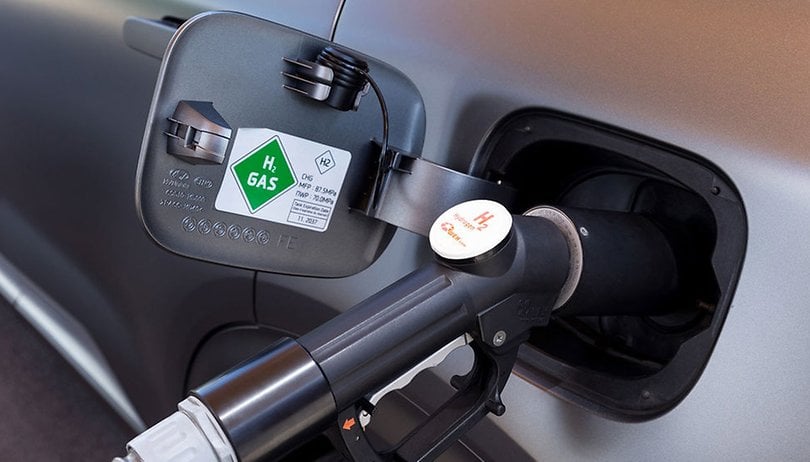

The hydrogen car has long been described as the future of mobility, in which it replaces the petrol engine and coexists with the electric car. However, it seems that there is still a long way to go before you can compete with the latter: What are the advantages, and when will buying a hydrogen car become a real option?
How does a hydrogen car work?
The propulsion of hydrogen cars is based on a chemical reaction generated between oxygen absorbed from the outside and hydrogen stored in the vehicle's tank. This reaction generates energy for an electric motor. The process takes place in the so-called fuel cell. In addition, the energy produced during braking is also stored in the battery. This energy can then be used if the motor has additional energy requirements, like when you put your foot down.
So what's the big advantage of all this? Well, you get a zero emissions vehicle, because only water vapor escapes through the exhaust pipe. It's goodbye to carbon dioxide and goodbye to the greenhouse effect!
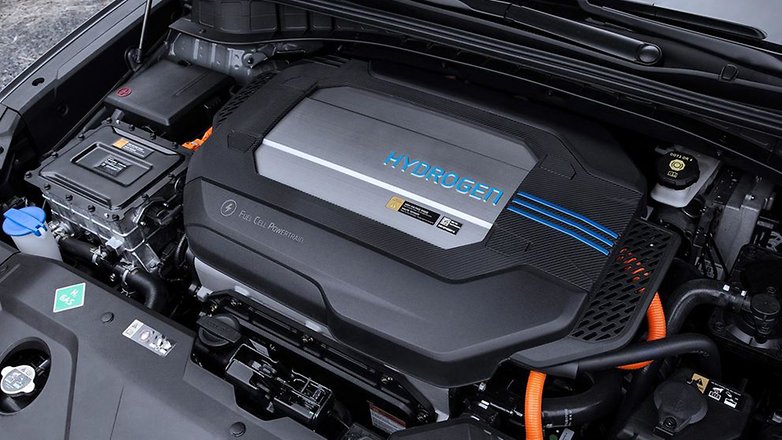
The most important advantages and disadvantages
As already mentioned, the vehicle type guarantees zero emissions during operation. That's an important goal that we need to achieve sooner rather than later if our beautiful planet is to remain habitable. In parts of Europe, for example, the sale and production of diesel, petrol and hybrid vehicles will be banned from 2040, despite protests by manufacturers. The government in the UK is under pressure to bring forward this deadline and ban all sales of new petrol and diesel cars by 2032. In Sweden and Ireland, the ban kicks in in 2030. Two US cities, Los Angeles and Seattle, have signed the Fossil Fuel Free Streets Declaration, committing to ban and gas and diesel vehicle by 2030, although the agreement is not law-binding.
In addition to the associated emission reduction, hydrogen cars require a much smaller battery than electric vehicles. This means that there is a reduced need for lithium, a mineral that is becoming increasingly expensive and causing many conflicts in different parts of the world.
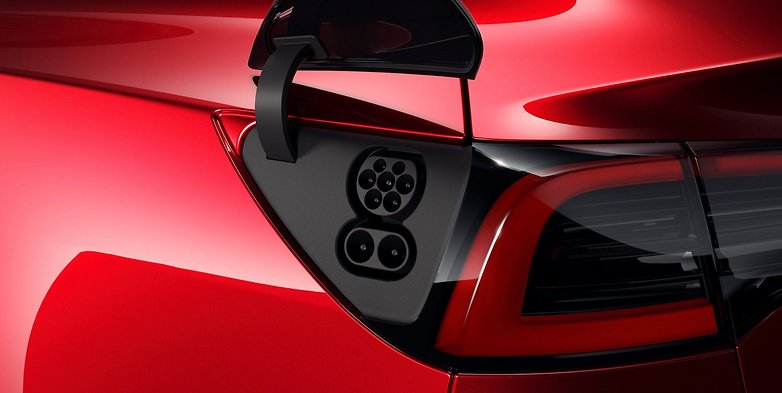
You'll also get be able to drive for longer with needing to fill up. The Hyundai Nexo, for example, promises a range of 800 kilometers. That's enough not to have to worry about staying in bed while driving. Even the long-range version of the Tesla Model 3 can only store enough energy for 499 kilometers.
So the vehicles only need hydrogen to function? Perfect, because it's the most abundant element on our planet, isn't it? Unfortunately, it's not that simple. Hydrogen must be "treated" before it can turn into fuel for cars, and for this, it is now necessary to use fossil fuels (with the associated pollution) or hydrolysis, a kind of reverse condensation reaction, which requires a great deal of energy. Hydrogen may well be a "green" fuel in itself, but there's not much "green" left once you have manufactured it ... That doesn't make much sense.
But that's not all. The efficiency of hydrogen vehicles also leaves much to be desired. Energy efficiency of a hydrogen fuel cell is generally around 40%, which is better than that of gasoline engines (20%) and far below the efficiency of 73% of fully electric cars. In addition, the storage of hydrogen is not easy and must take place at very high pressure.
So what about safety, then? Many people think that driving such a vehicle is like riding around in a bomb because the risk of explosion is so high. Although the gas is usually safely stored, there is of course always a risk that the gas will escape and it is flammable.
Can I buy a hydrogen car today?
The regulations and standards are becoming stricter and stricter, and the day will come when we will no longer be able to buy vehicles with internal combustion engines. This is why major brands are beginning to adapt to a new era and change their business models.
While most manufacturers (at the moment) rely on the electric car to drive this future vision, Hyundai has laid the foundations to take the lead in hydrogen cars with a market share of 25%, with a forecast of 500,000 cells produced per year. The Hyundai Nexo, which is available in Europe, is an SUV with a range of up to 800 km. The main problem is the price, because at €69,000 is it certainly not cheap.
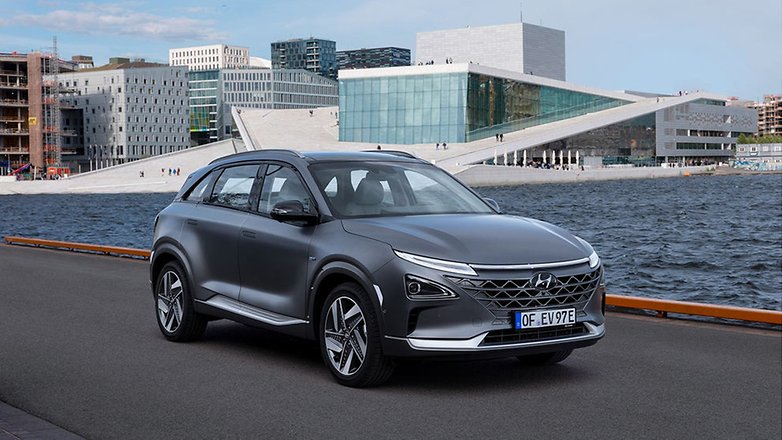
The alternatives are the Toyota Mirai, which is sold for around €78,600 in Europe or about $60,000 in the US. The Honda Clarity, a sedan that also goes for around the $60,000 mark, is another option. Mercedes-Benz, BMW and Alfa Romeo all showed hydrogen fuel-cell concepts back in 2010, but none has entered production yet.
It is obvious that none of these hydrogen vehicles is a bargain. However, you must also keep in mind that production is currently at a low level, which increases the price. As demand rises, and production ramps up, costs and thus also the vehicle price are likely to fall significantly.
Despite the very limited supply today, it is to be expected that the rest of the manufacturers will follow suit in this area in the coming years. Mercedes has its GLC, although it is only available in Germany and not for private individuals. Kia wants to show its models in the coming months, Audi will launch a model in 2020 and BMW in 2025. We are going to see more of these vehicles coming out the closer we get to the ban.
How do you fill up a hydrogen fuel cell car?
Once you have raised the money for a hydrogen car, the next problem is filling up. According to the US Department of Energy, where you can search for stations, there are only 39 hydrogen stations across the US and Canada, all in California. In Europe, there are around 100 in operation with a further 50 or either planned or being built, according to H2 Live.
Since you can't refuel your hydrogen your car at home, this is clearly a problem. Until the infrastructure is massively expanded, it will be difficult for us to make progress with hydrogen cars.
Except for this admittedly not exactly small detail, the charging system has an advantage over that of electric cars, namely the charging speed. A hydrogen tank can be completely filled in less than five minutes. This is longer than for a car with a combustion engine, but much less than for an electric car if you look at the range gained.
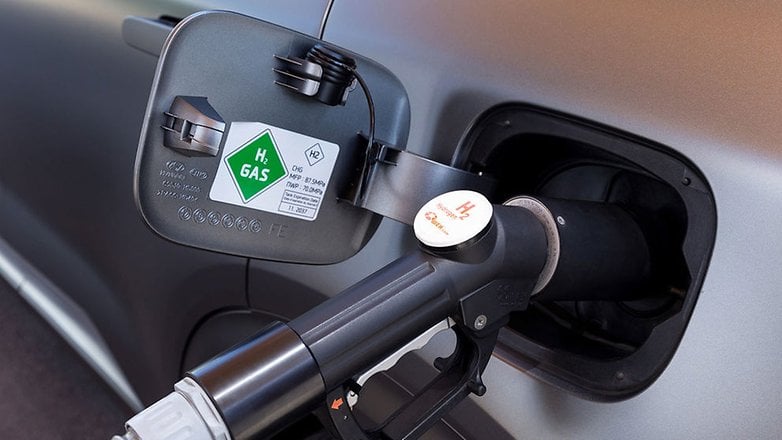
And although the price per kilo of hydrogen depends on the method used to produce it, current studies estimate the cost at $9.70 per 100 km. Toyota, for its part, claims to be able to fill the tank of its Mirai for about $50, much less than one would pay for a full tank of petrol!
When will we see hydrogen cars become widespread?
It is undeniable that despite decades of discussion about the hydrogen car, the technology is still underdeveloped. And the fully electric vehicles have clearly overtaken the mindshare here at full throttle. The reasons? Lovers of conspiracy theories will say that it has not so far it has not been in the interest of the big manufacturers to further develop this type of technology. It is hard not to agree because if you look at car manufacturers today, they have been working on this technology for years, but only now, when it seems profitable due to the ban on the internal combustion engine, the field is picking up speed again.
It is a matter of time before more and more models appear, the fueling network grows and the prices of the models start to fall - which is probably the main reason for today's lackluster sales. Who wants to spend more than sixty thousand dollars on a vehicle for which there are currently still some problems?






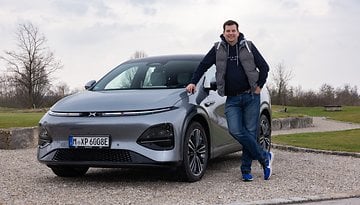
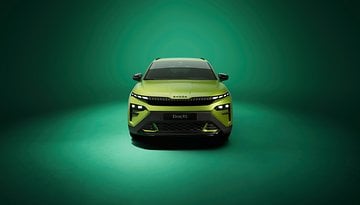

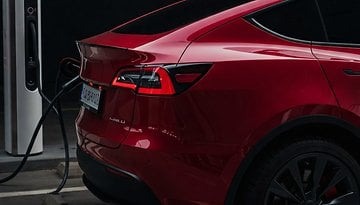










Where do u think the majority of electrical energy comes from? And if u want quantify the efficiency of electrical engine, you have to factor in the efficiency of generation and distribution of electrical power. In other words, ev car owners are deluding themselves if they “feel” they’re reducing the carbon footprint.
A hydrogen distribution station is far more expensive than an electric charge station. The costs are very high because the distribution of hydrogen at the distribution stations is very expensive, not to mention the production of hydrogen itself.
The total cost is much higher than the much simpler "electrical" solution, and therefore the advantage of the ecological burning of hydrogen is insignificant compared to the other issues that raise them.
Also, I do not mention the complexity of the hydrogen storage solution in the bulk tank, and also the very high cost of the fuel cells.
500 miles is sort of the "goal" of most vehicles (for the USA that is). One of the biggest problems is the gas/oil industry & the lobbyist. And, if everything switches to hydrogen, look for the price of it to SKYROCKET, just as gasoline has.
There is no "nirvana" when it comes to vehicles. Whichever "fuel" they end up with , the lobbyist, insiders, stock market will jack with the price.